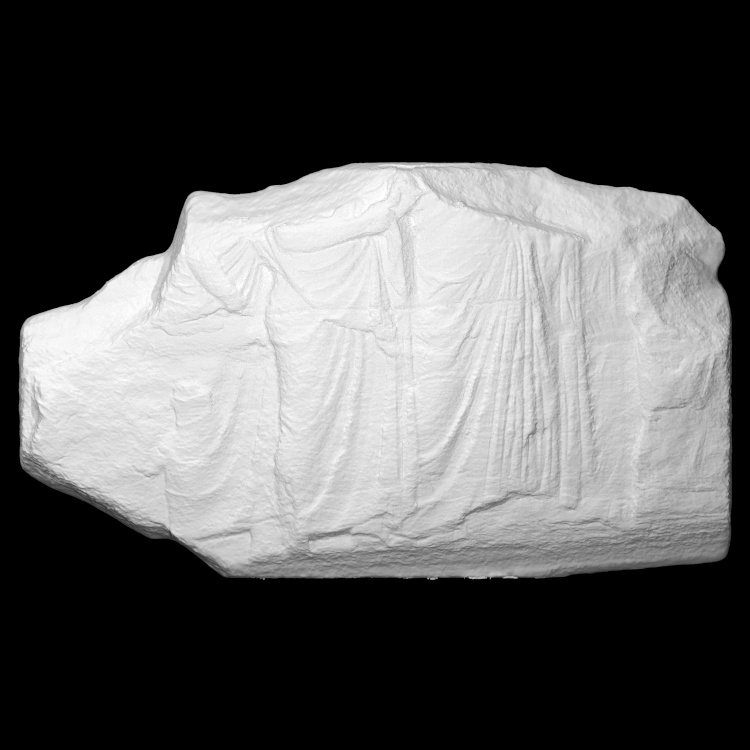
Parthenon Frieze _ South XXXVI, 93-101
myminifactory
The south side of the frieze is preserved only fragmentarily due to the massive destruction caused by the explosion of 1687 at the Parthenon. As a result, the sequence from block XX onward remains uncertain. Despite this, the Carrey drawings provide valuable insights into the missing sections and have enabled us to locate several existing fragments. The original length of the frieze along the south side was approximately 58.70 meters, consisting of forty-seven blocks, with some exhibited in the Acropolis Museum and others in the British Museum. Each block averages a width of 1.22 meters. The workmanship on the entire south frieze is noticeably less skilled compared to the north frieze, although some scenes are considered masterpieces (blocks III, X, XI, XXVI, XXXI, and XLIV). The procession begins at the west corner and moves towards the right. Unlike the diverse poses, garments, and movements seen in the north frieze, the south side features riders moving in a straight line with their heads held high, except for one rider on block V. The varied depiction of the horses' trimmed manes suggests their speed of movement. The sections evident in the south frieze are similar to those in the north: horsemen, chariots, and sacrificial procession. It is likely that the arrangement of the horsemen followed the Athenian state's political organization by tribe. The variation in garments supports this interpretation, with ten groups of six riders each displaying distinct attire. The first group (2-7) wears a fox-hide cap, short chiton, chlamys, and boots; the second group (8-13) only dons chlamys. In the third group (14-19), horsemen wear a short cuirass over a short chiton and boots. The fourth group (20-25) is clad in short chiton and chlamys; the fifth (26-31) wears anatomical cuirass over short chiton and boots. Those of the sixth group (32-37) don a fox-skin cap, short chiton with a cuirass and flaps, and boots. The seventh group (38-43) wears an Athenian-style helmet, short chiton, chlamys, and boots; the eighth group (44-49) sports chlamys over short chiton and boots. The ninth group (50-55) is clad in petasos, short chiton, chlamys, and boots, while the tenth group (56-61) wears short chiton and boots. Following this comes the procession of chariots, which has been severely damaged by the 1687 explosion, leaving only interrupted stretches preserved. Five blocks are entirely missing, with ten chariots in motion on separate blocks. Some are stationary (XXVI), some are starting to move (XXIX), and others are racing full speed ahead (XXXI). The sacrificial procession is depicted on subsequent blocks, featuring thallophoroi with olive branches, musicians with citharas, skaphephoroi with offering trays, and animals accompanied by their herdsmen. The frieze encircles the upper part of the cella within the outer colonnade in a continuous band with scenes in low relief. The theme represented is the procession toward the Acropolis during the Great Panathenaia, commemorating the birthday of goddess Athena. Numbering is taken from I. Jenkins' "The Parthenon Frieze," 1994; frieze slabs are marked in Roman numerals, and people in Arabic numerals.
With this file you will be able to print Parthenon Frieze _ South XXXVI, 93-101 with your 3D printer. Click on the button and save the file on your computer to work, edit or customize your design. You can also find more 3D designs for printers on Parthenon Frieze _ South XXXVI, 93-101.
